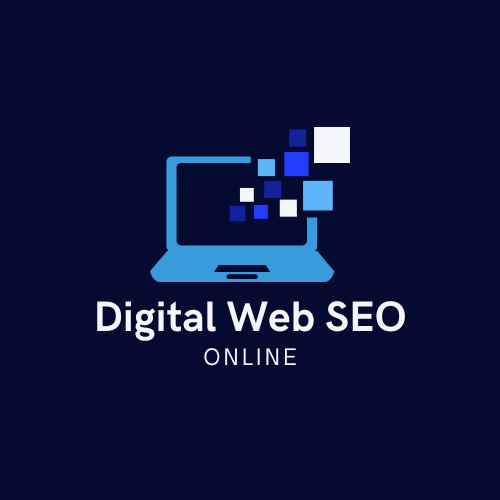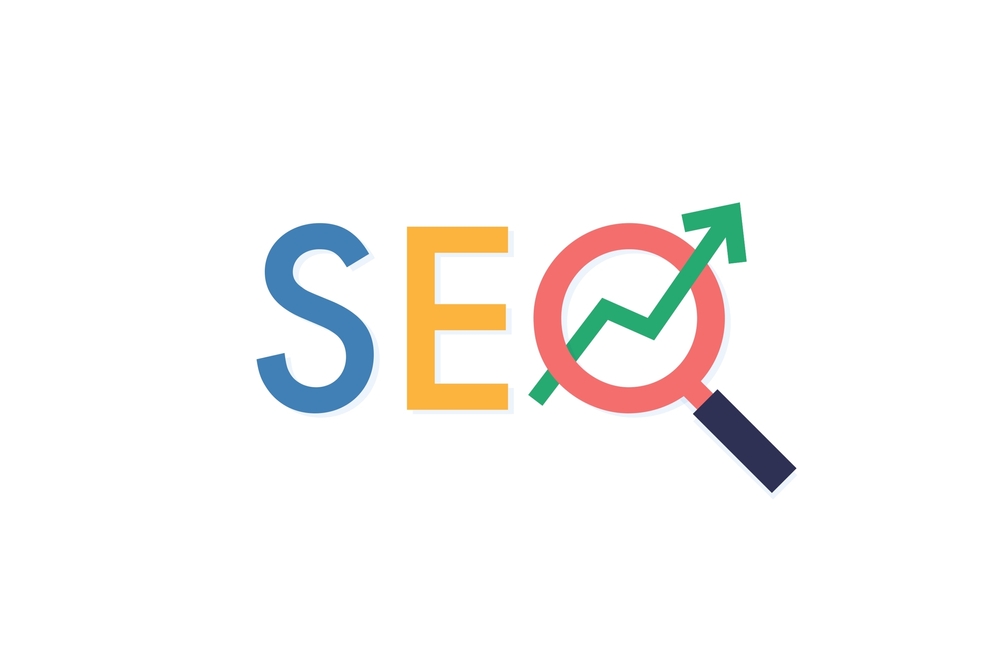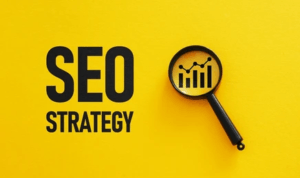There are two essential types of strategy in the world of search engine optimization (SEO); on-page SEO and technical SEO. Each of them contributes positively in terms of website visibility and optimization, but targets different real estate. It is important to know about the difference between these two kinds of SEOs so that you could create a complete and an efficient ensemble.
What is On-Page SEO?
The content & HTML of a page must be optimized to convert the on-page search result for higher positioning in SERP. This specific type of optimization focuses on improving the user experience and re-drawing search engine relevance through these strategies:
Keyword Research and Optimization
On-page SEO refers to the practice of optimizing individual webpages in order to rank higher up on search engine results at a very top level. It is all about Keywords that people are searching for. Titles, headings and body text need to naturally include keywords wherever possible so that the page is returned in response to a relevant search query.
Content Quality and Structure
Top-quality, exclusive content that satisfies user intent is essential. It also helps users and search engines to navigate through the page using clear headers such as H1, H2 etc.
Meta Tags and Descriptions
These are key HTML elements that will help attract users to your results from the search engines. Better-written title tags and meta descriptions with your most important keywords can increase click-through rates.
Image Optimization
They also play a great role in on-page SEO and accessibility if you make use of ALT text, optimize it with good keyword usage or just write the name properly before compressing your file size.
Internal Linking
Internal links should also be created as they help provide a clearer picture to search engines of an organization’s structure and keep readers engaged by pointing them in related content.
On-page SEO focuses primarily on making the page more relevant and engaging to users, thereby enhancing its visibility in search engines.
What is Technical SEO?
This type of SEO concentrates on the technical parts when it comes to enhancing your site-wide visibility, making search engines crawl through each single page and indexing them impact-fully which results in low bounce rate with rich user experience. It makes sure that search engines crawl and read your content comprehensively to rank on the SERPs. Main elements of technical SEO are:
Site Speed and Performance
A speedy website will enhance user experience and is a significant ranking factor for search engines. Some common speed things that every site should have is to minimize the code, optimize images and start browser caching.
Mobile-Friendliness
Since Mobile traffic is much more increased than desktop So now, important is Image SEO will be optimized your website designed mobile responsive view and working well with all kind of devices so that it can help us in ranking as per seo and for pagespeed to load the site faster, if we give file size 75% less.
Crawlability and Indexability
Sitemaps and robots. txt to compliment site structure All txt files and this structured data markup help search engines crawl your pages more efficiently.
Security (HTTPS)
Enabling HTTPS secures your data and gives confidence to both the users as well as search engines. Google: Security is a Top Ranking Signal
Structured Data and Schema Markup
These elements assist search engines in better understanding your content, which can land you rich snippets and greater SERP visibility.
Key Differences Between On-Page SEO and Technical SEO
Both on-page and technical SEO strives to enhance search engine rankings whilst also improving user experience, but they go about it very differently.
On-page SEO is the work you do on individual pages of your website. This ensures that the content is responding to user queries and improves general UX by including internal links between related articles, headings are well-structured, images are optimized.
On the other hand, Technical SEO involves overarching improvements on the site level (mobile compatibility, speed increases and thoughtful security implementations) to enhance crawlability of search engines.
Also Read: Affiliate Marketing Coach Alabama: Why You Need to Succeed
Conclusion
A holistic strategy requires both SEO in conjunction with SEM. On-page SEO is about individual pages meeting user expectations and Technical SEO aims to make the website work as best it can for both users, other websites in your niche but also search engines.
By dealing with these two elements together, you build a website that ranks well and provides superior user experience as well resulting in more engagement conversion rates, higher ranking of pages & thus traffic.









